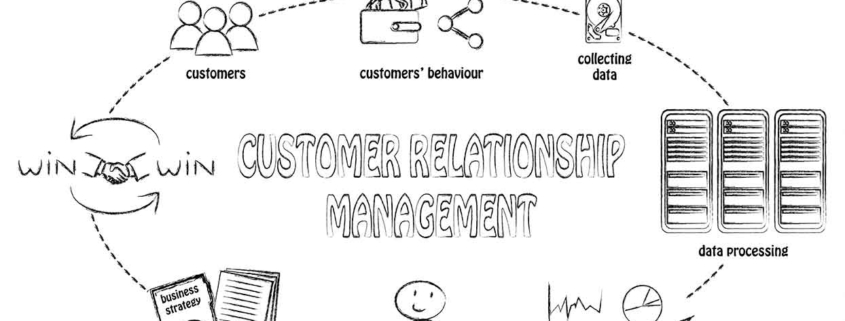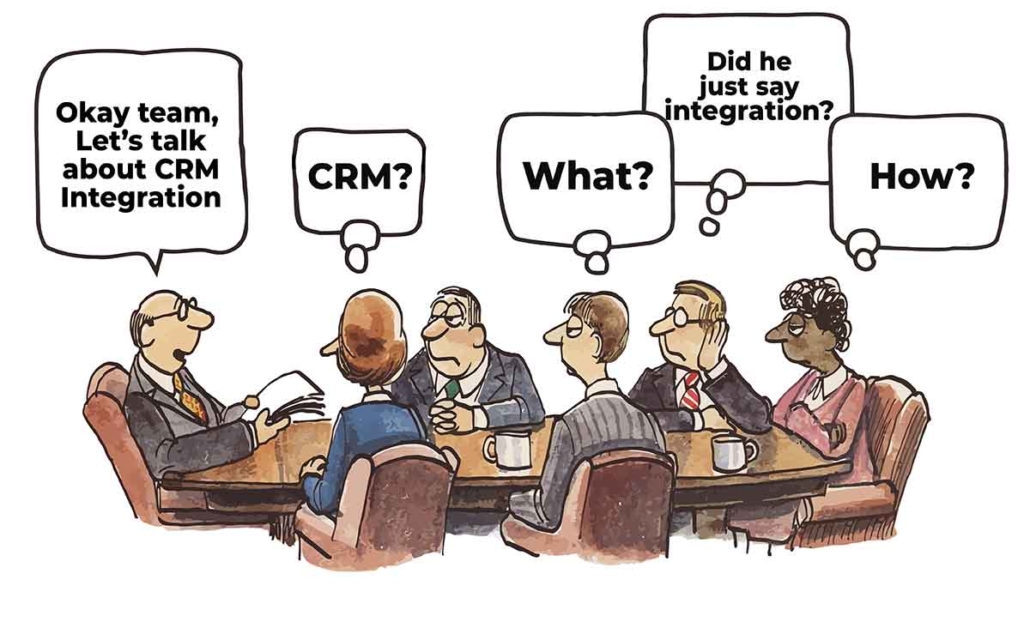CRM Training and Streamlining your Operations
The goal of having a CRM is to optimize and create better efficiency within the workforce. It has been proven to be effective in streamlining processes and workflows through automation, managing customer information, as well as taking care of admin-related tasks. It allows its users to achieve more, and do less. However, when the users are not equipped with the knowledge of a CRM’s proper usage, the intended effect can be backwards.
The most common reason for a CRM project’s failure is poor implementation and lack of user adoption. Statistics show that the average user adoption rate is 26% and it’s the number one reason why CRMs fail. If you are planning to subscribe to a CRM data entry software or if you are a new adopter, understand from the very beginning that the biggest hurdle is not the technology itself, but the people using it. CRM is nothing without the participation of its users after all. This is why CRM training for you and your end-users is very important.
Take, for example, a salesperson attending a meeting with a client. Instead of simply using the Voice to CRM (a service provided by certain companies) feature to record one’s meeting, the salesperson ends up fiddling with the program, looking for the right dropdown menu, page, tabs, the right fields, etc. They end up wasting time and exerting more effort, trying to understand how to use this new software, whereas they could have used that time and effort to focus on their clients and sales.
The point is that even a program that’s built for better efficiency can become inefficient if its functionalities are not identified and used properly.
Training should not be Overlooked
Don’t skip on the training. A CRM software can only be as good as the people who know how to use it. No matter how tech-savvy your employees might be, new software with a new interface will take getting used to. It will help them know each feature, as well as WHEN and HOW to use it. If not trained properly, users cannot fully take advantage of it, increasing the risk of the CRM’s failure.
Have your trainees be involved from the very start
Even before starting the training, let your employees know what the company is doing and why. Involving your employees and communicating with them about the shift is a big part of CRM adoption strategies. Ask them their opinions on which software would be best, the type of features that they need, what issues the CRM should help mitigate, etc. Do this instead of deciding everything for them and then telling them to suddenly use it, not really knowing what matters.
Your end-users should understand from the start, why this training, and ultimately why using a CRM data entry software, is going to help them and the company. Set their mindsets right.
Communicate with your end-users regarding their preferred training methods
Do your employees prefer to have the training online, through seminars, or just through a handbook? Or maybe they would prefer a combination of training methods? It would be best to know there preferences and show them different options. You want your users to utilize this new software and learn in a way that’s best for them, to reduce resistance.
SuperOffice revealed that 55% of sales experts consider “ease of use” to be the most important feature of CRMs. This clearly shows that a CRM should be fairly easy to use, and more importantly, easy to learn. The goal is to simplify.
In order to shorten the learning curve, know what type of training best fits them. A great way to simplify is by utilizing a Voice to CRM solution. It makes data entry faster and easier, simply by speaking, increasing your overall adoption rate. Take these into consideration before finalizing training procedures.
Take Advantage of Free Training Programs
Subscribing to a CRM can already be costly on its own. This is one of the reasons why companies on a tight budget choose to skip training, due to its added cost. Purchasing external training programs can be expensive.
However, it is common for CRM providers to offer free training and user guides. Some separate entities such as online training course websites, consultants, and other vendors also offer free training. There are great free training programs and guides out there that can help you save money on training costs or can serve as supplemental training for your team.
Companies like SalesForce CRM offers a wide array of training options from online courses to one-on-ones, all for free. Make sure to take advantage of any type of CRM training or assistance offered.
Train your end-users Gradually
Don’t expect your users to learn everything after a week. Information overload often causes low adoption rates since all this new information is bombarded at the users, causing them to step back from all this complicated knowledge, and revert to their set ways.
Training should be an ongoing thing. For the entire program, set a consistent schedule for live demo sessions, seminars, or group training. To make it more interesting, don’t train them the same way over and over again. Try to add variety to each session.
Lastly, keep having training sessions even after your team has adopted and finished the program. Technology will keep changing, updating, improving, and the same goes for any CRM software. Make sure that the team is able to keep up by having ample follow-up training. This can be done annually or once a month, depending on your company’s needs. It doesn’t have to be as comprehensive as the initial training, just something to refresh your users’ knowledge and perhaps help them improve the way they currently use the software.
Cater to Specific Roles and Departments
Instead of a one-size-fits-all, tweak and customize the training highlights for each department. Make sure that everyone is taught the basics before moving on to training that’s more catered. This will help them specialize and learn more about how they can use the CRM software to optimize tasks that are specific to their role in the company.
For instance, the sales department’s training can focus more on using CRM to enter data on client meetings and creating sales. The finance department’s training can emphasize how to use the software to better forecast data and profits, doing customer billing, and the like. This part is optional, but it can greatly help increase the efficiency within each department, resulting in optimization as a whole.
The Bottomline is: Training your employees or team members can help make it easier and faster to use the software, ultimately streamlining operations and getting the most out of your CRM investment.



